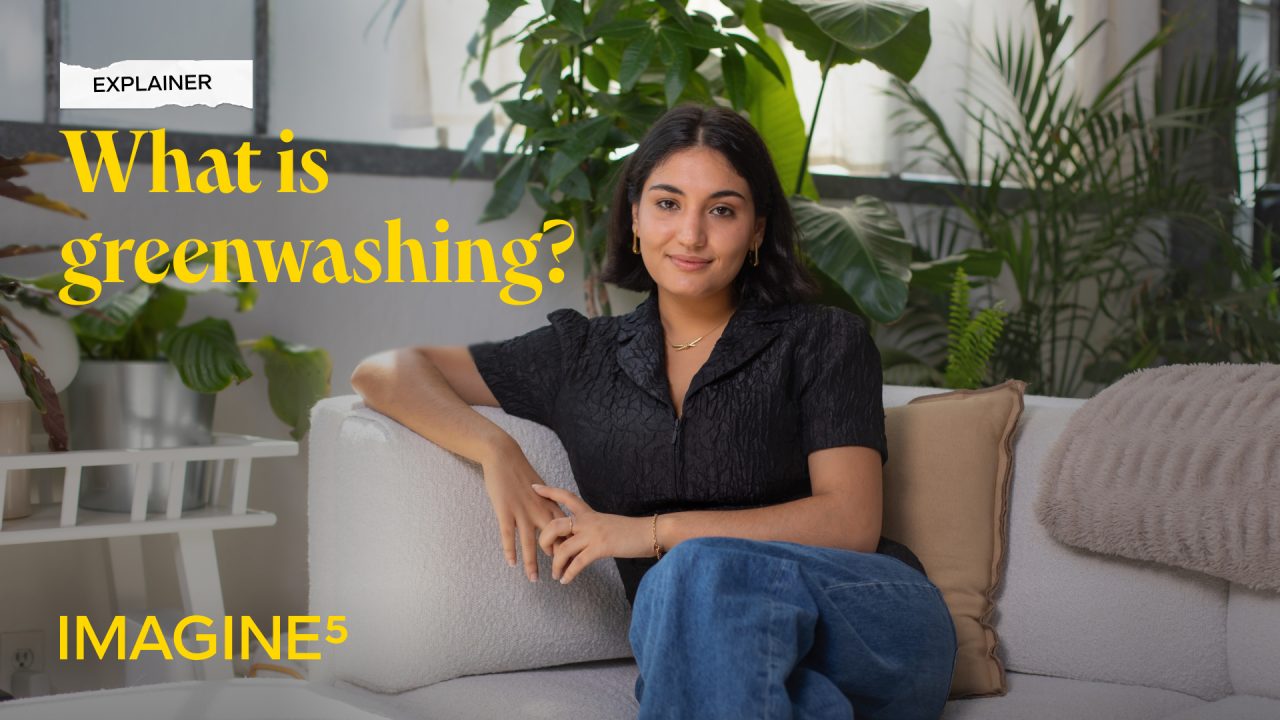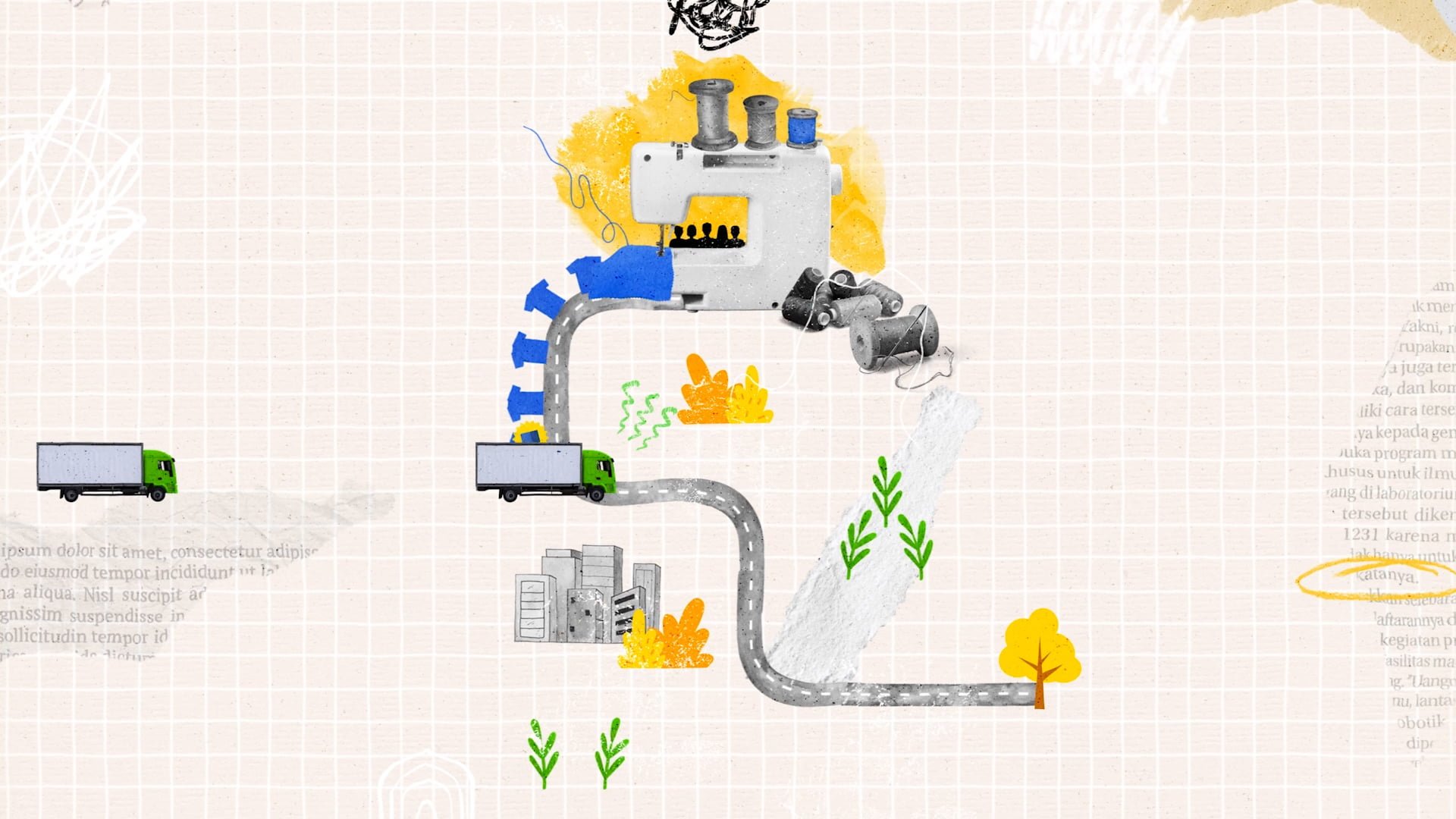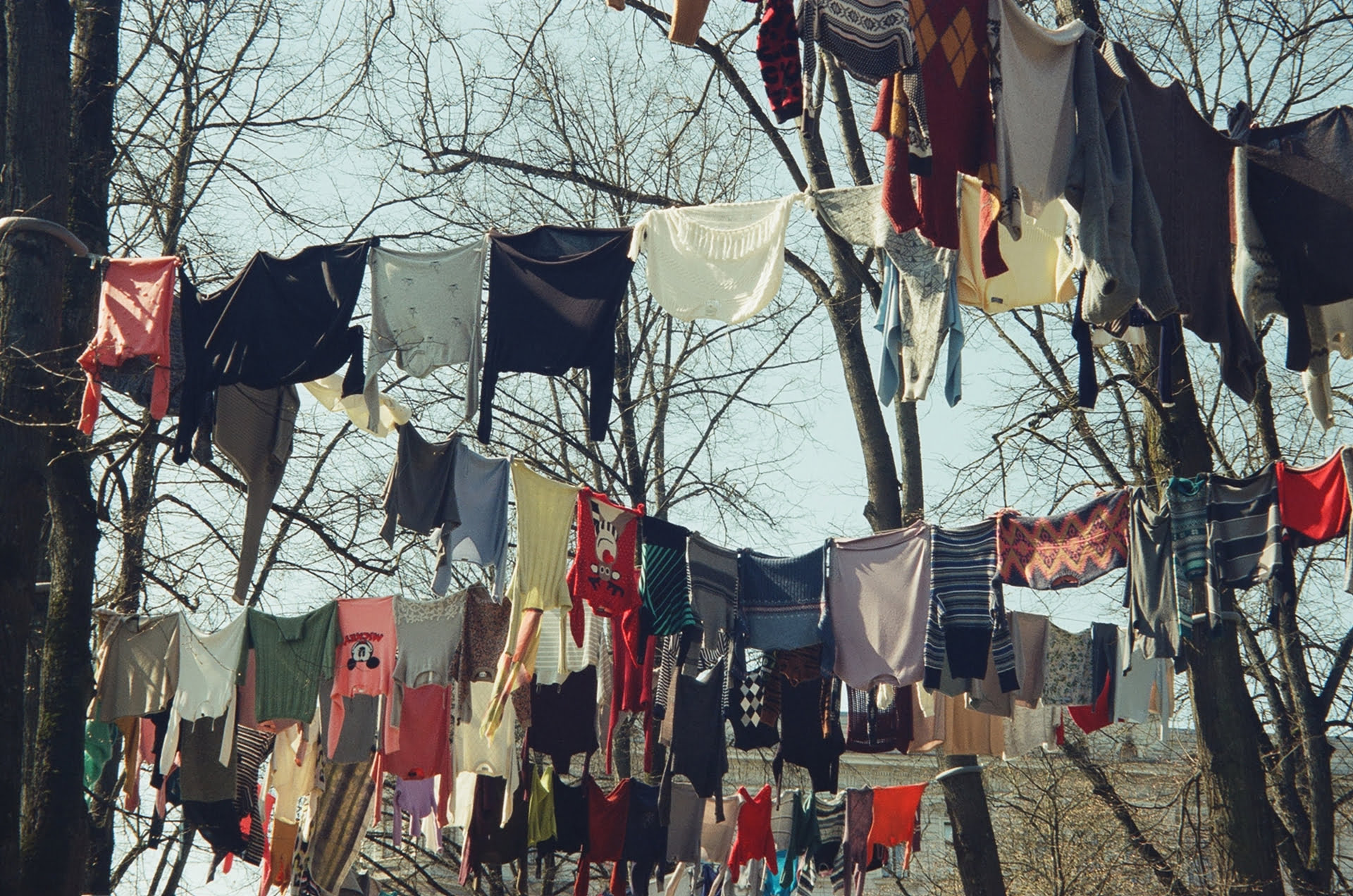When companies make out that their products are greener than they are, it’s called greenwashing. It’s annoying, and it can stand in the way of us making real sustainable choices. In this video we explain how it works and how to spot it.
Walk into any store and you’ll find products shouting to you about their green credentials: ‘carbon neutral’, ‘recyclable’ or simply ‘more sustainable’ than the competition. Sometimes that means the manufacturer has taken real steps to reduce the product’s impact on the planet. But in too many cases these green claims are vague, misleading or unfounded. It’s called greenwashing. Find out how it works in our video.
The good news on greenwashing is that lawmakers around the world are coming with new rules and guidelines on what companies can and can’t say.
In Europe a ban on greenwashing and misleading product information came into force in 2024, updating the existing directives on consumer rights and fair business practices. Individual EU countries have two years to implement the new rules. A second law, known as the green claims directive, is intended to further tighten the rules – but it is still being debated in the European parliament.
There is similar guidance in other regions, including the Green Claims Code in the UK and the Australian Competition & Consumer Commission Guidance in Australia.
In the US, the Federal Trade Commission can prosecute companies flouting its green guides, but it’s not easy, because they are only recommendations, not strict rules (the guides are currently under review and expected to be updated soon). Individual states are also passing their own laws, often as an extension to local consumer protection regulation.
How to spot greenwashing
Here are some of the most common claims you should watch out for – and what to keep in mind when you see them.
‘Green’, ‘eco’, ‘environmentally friendly’…
Be specific, please
Product labels are peppered with terms that sound good, but don’t really mean a lot, such as ‘green’, ‘kind to the environment’, ‘responsible’, or ‘climate friendly’. There is often no explanation as to what makes them better for the planet.
If you find yourself reading the claim and thinking ‘why?’, the chances are that it is based on limited evidence.
Under the greenwashing directive, claims have to be specific and substantiated. Companies also need to make it clear which aspects of the product they’re talking about, instead of just leaving buyers to assume that the improved green credentials apply to the whole thing. For example, made from 50% organic cotton, or that the bottle contains 30% recycled plastic.
‘Carbon neutral’
Offsets are a last resort, not a free pass
Imagine you popped into your favorite café for an enormous slice of cake and a milkshake. On your way home you pick up some healthy fruit. It might make you feel better, but it doesn’t undo the calories, or help you to lose weight.
It’s the same with claims of ‘carbon neutrality’. Often, companies that say their activities are ‘carbon neutral’ have calculated the footprint of the product and invested in carbon offsetting schemes that are expected to capture or reduce greenhouse gas emissions by an equivalent amount, e.g. by planting trees. But there’s no guarantee that changes have been made to the way the company operates to reduce the emissions associated with the product.
With Europe’s new greenwashing ban, carbon offsetting can no longer be the default solution, compensating for a lack of action. It has to be the last resort. A company can still mention its offsetting investments, but only once it has made every effort to reduce emissions, and only if it has invested in an offsetting scheme certified under the Carbon Removals Certification Framework, or by Gold Standard.
‘Biodegradable’
OK, but how? And where?
‘Biodegradable’ is another term on the list of generic words targeted by Europe’s greenwashing directive.
A biodegradable product is made of a material that can be broken down by naturally occurring organisms, such as fungi and bacteria. The question is how long does it take to break down and will it only do so under precise conditions? We expect to be able to throw something that is ‘biodegradable’ into our home compost bin but, in fact, the product may only break down in an industrial composting facility.
Again, precision is key. Manufacturers must clearly state where and how a product breaks down, e.g. ‘biodegradable within a month in a home compost bin’.
‘Recyclable’ or ‘plastic-free’
Technically true isn’t good enough
The doorbell rings and it’s your local delivery service. The delivery driver hands you a cardboard box emblazoned with the words ‘plastic-free’. It’s true, the box does not contain plastic, but then… it’s a cardboard box… so why would it?
Alternatively, packaging could be made of a plastic that is recyclable using the latest processes (the Ellen MacArthur Foundation calls this ‘technically recyclable’), but your local recycling facility does not have the equipment needed to recycle it. In that case, it is sent to landfill and not recycled. Under these circumstances, claiming the product is recyclable is meaningless.
Claims that are technically true but hollow are increasingly being rooted out, leading to prosecutions. In the US, coffee company Keurig Green Mountain had to pay $10 million in a lawsuit for claiming its coffee pods were recyclable when really they ended up in landfill because most recycling centers could not process them. Green claims need to mean something in the real world, or companies are on thin ice.
‘More and better’
Only apples-to-apples comparisons, please
Every product has an impact, so we want to choose the best option. We rely on manufacturers to help us decide which product is ‘better for the planet’, or ‘more environmentally friendly’, but these comparisons are problematic.
Firstly, when one manufacturer claims its product has a lower carbon footprint than its direct competitor, how do we know that the footprint was measured in the same way, using the same methodology? What if one manufacturer measured the emissions generated only by its factory and the other also measured all the emissions associated with producing the raw materials, and shipping the finished product to consumers?
The new rules require apples-to-apples comparisons so that consumers can make informed decisions. Companies will have to demonstrate that the same method has been used to assess both products. Claims will also have to be based on data that is less than five years old, preventing comparisons with an older version of the product that had a higher impact.
Symbols and logos
Proper certified schemes only
It’s not just about the words. The EU has identified over 200 symbols and logos that are used to demonstrate the green credentials of products. Around half of these claims have not been properly verified, or not verified at all. In some cases, it’s literally nothing more than a nice green leafy logo to help a product stand out.
The greenwashing directive ushers in a clean-up of product packaging to remove false or dubious sustainability labels. In future, only labels based on official certification schemes will be allowed in the EU. These have to be set up by public authorities or accredited third-parties, not the manufacturer themselves.
So what should you look for?
The EU Ecolabel is the official standard for products in the EU, while the eco-management and audit scheme, or EMAS, verifies companies’ efforts. UK consumer watchdog Provenance has also compiled a list of internationally-recognised certifications attesting to the use of organic ingredients, sustainable fishing and farming practices and emissions-reduction efforts. It’s not clear yet which of these the EU is prepared to endorse.
How long will it last?
Be honest
Sometimes it only takes one small part of a phone, laptop or other device to fail, to make it unusable. If you can’t get that part fixed or replaced, you’re stuck.
Europe’s green claims directive requires companies to provide clearer information about how long a product will last. This includes clear information on whether the product is repairable, or whether the company only plans to support software for a defined amount of time (known as ‘planned obsolescence’).
Claims also have to be accurate and promote sustainable purchasing patterns. A manufacturer can’t advertise a washing machine that lasts for 5,000 washing cycles when that is unlikely with normal home use. Similarly, consumers should not be urged to buy refills and replacements before supplies have run out, as is often the case with printer ink.
‘Deforestation-free’
A base requirement, not a selling point
Vast numbers of trees have been chopped down to grow cocoa, palm oil and coffee. Forests have also been cleared to grow soya to feed cattle, or to graze the cattle themselves.
The EU wants no part of that anymore, so last June it introduced the Deforestation Regulation. Companies have to demonstrate that no trees were chopped down to produce products made from these commodities, as well as from wood and rubber.
But they can’t shout about it. Companies can’t claim to be ‘greener’ or ‘more environmentally friendly’ simply because they are doing what they have to do legally. If they go above and beyond the law to produce better coffee, chocolate and biscuits they can say so. If not, their product is no different from every other brand on the market.
Imagine5 Volume 4 is here.

Cover star Madame Gandhi on the sounds of the Antarctic, free climber Alex Honnold reveals his biggest challenge yet, actor Rainn Wilson embraces his soulful side and much more more!
Starting at 7,- plus shipping
Get your copy nowAbout Imagine5
We are storytellers inspiring you to live a planet-friendly life. Through our stories we shift perspectives and help you see that sustainable change is already underway. Sparking imagination that leads to action, creating a shift to sustainable behavior as the norm. It’s happening.
Read moreFLIPPING THE SCRIPT















